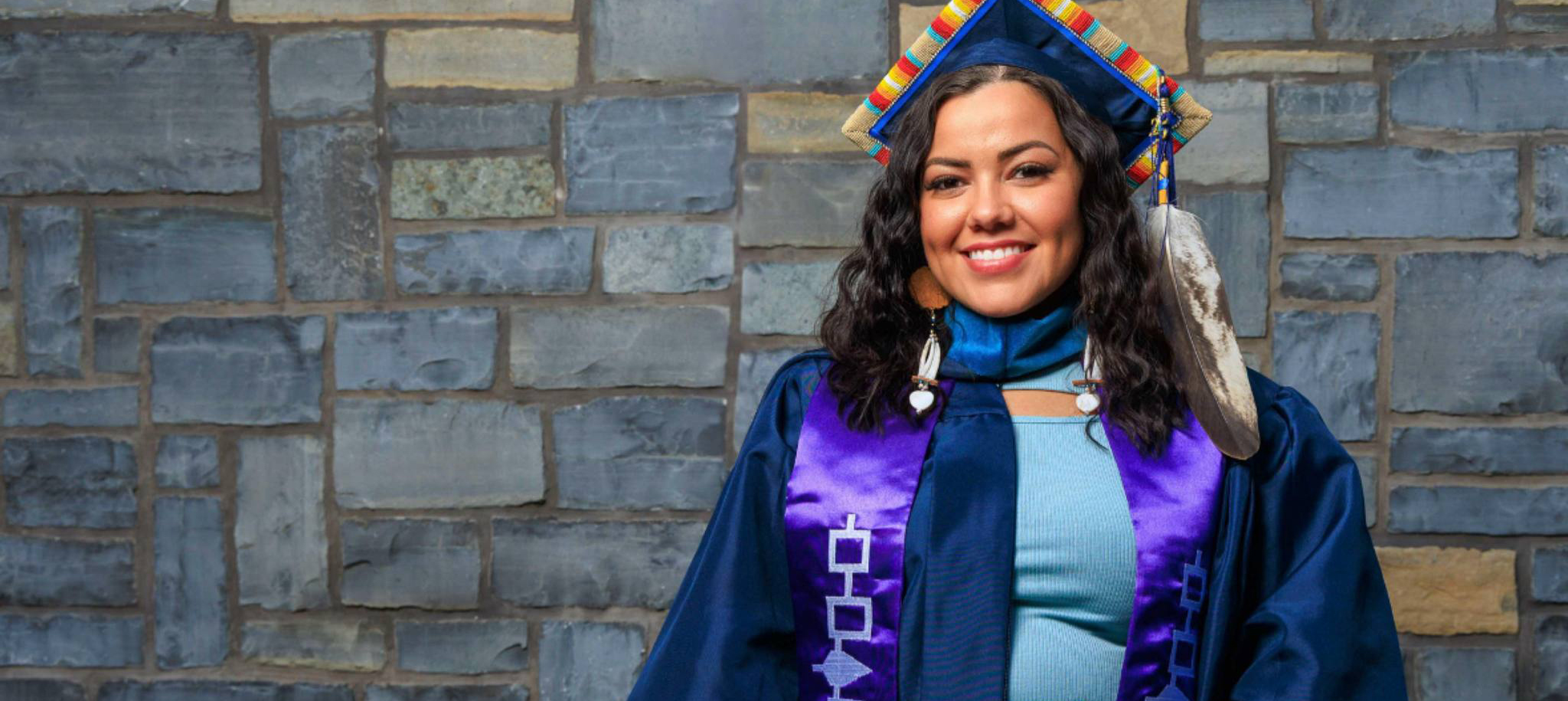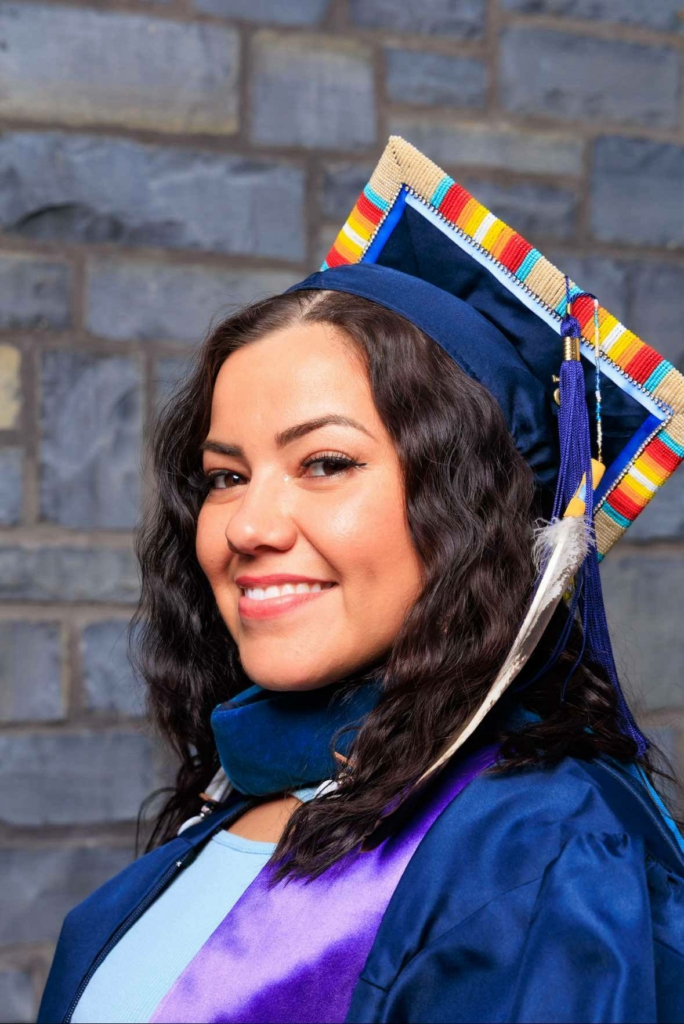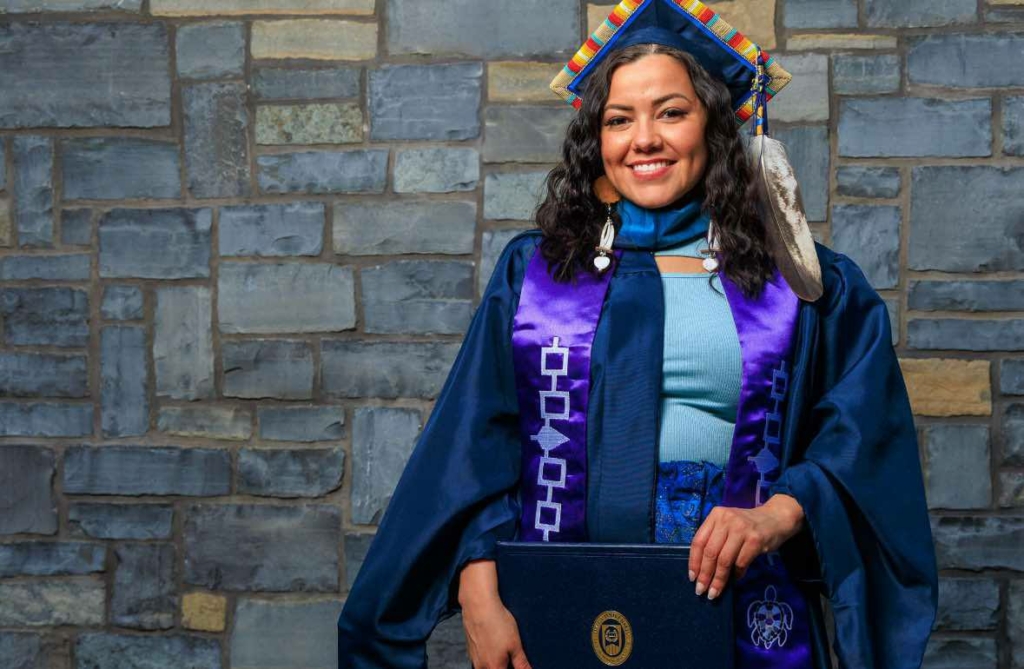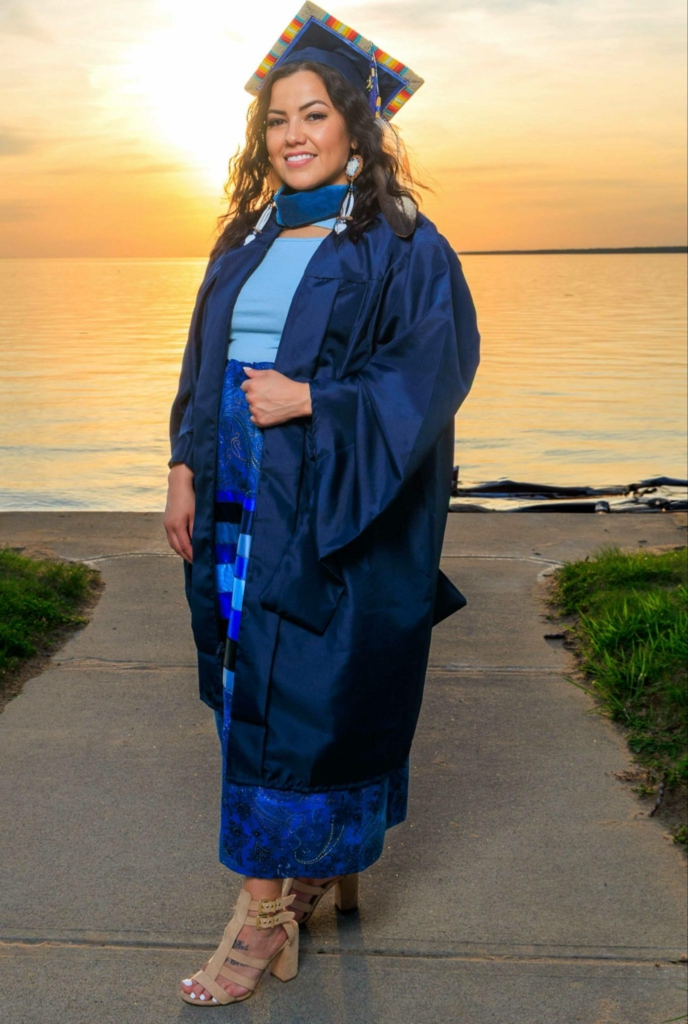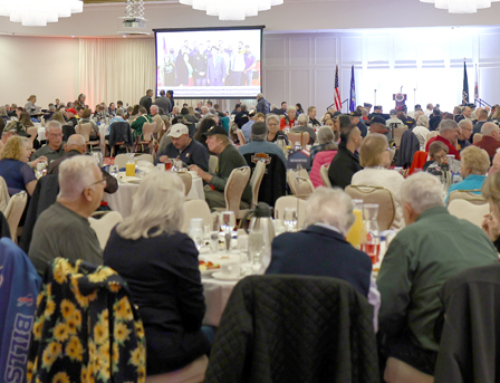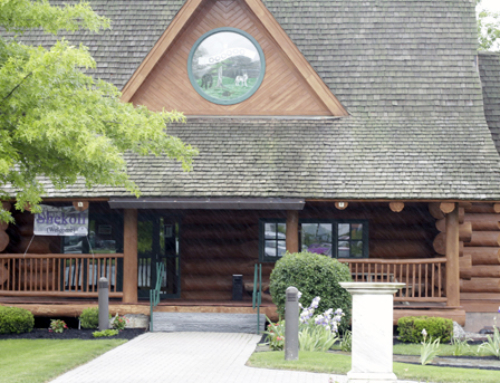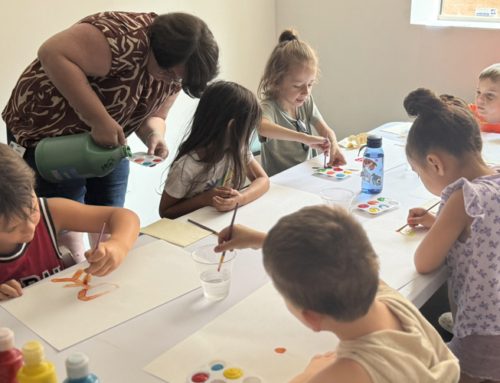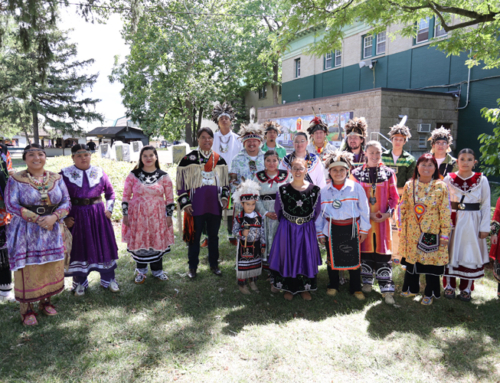For several years, Brittany Ninham (Turtle Clan) worked as a healthcare professional in central New York—but now, she believes she’s finally found her true calling. Brittany’s journey into occupational therapy is deeply rooted in both personal growth and cultural reconnection.
Brittany has long been drawn to healthcare, beginning her academic path at Onondaga Community College before transferring to Utica University, where she earned a bachelor’s degree in health science. Her entry into occupational therapy (OT) came after an inspiring encounter with an OT practitioner during her time working as a phlebotomist at St. Joseph’s Hospital in Syracuse.
“I had never heard of occupational therapy before,” Brittany recalled. “She explained what she did and then I saw how diverse it can be.”
Initially uncertain about which healthcare field to pursue, she found OT to be a compelling discipline due to its wide scope—encompassing physical, cognitive, and mental health support for people of all generations.
“We help people that have disabilities to do things independently as best as they can,” she explained.
The Utica University OT program offered her a supportive and immersive experience, with community-based learning and fieldwork. She completed placements at institutions such as Crouse Hospital in Syracuse and Fayetteville-Manlius Elementary School, while working in settings like the Center for Refugees in Utica, which further deepened her commitment to serving diverse populations.
Brittany’s master’s capstone was a powerful exploration of historical trauma in American Indian communities, specifically focusing on how legacies of the boarding school era contribute to modern health disparities. She aimed to evaluate and summarize the effectiveness of different intervention methods used to reduce symptoms of post-traumatic stress disorder in adolescents who have experienced community violence.
“Generations of trauma, including genocide and cultural suppression, have influenced the intergenerational transmission of mental health challenges within these communities,” she found.
Though she initially hoped to center her research on cultural revitalization, the limited academic literature led her to explore the broader theme of social support, while still emphasizing the role of cultural identity in healing.
Through a systematic review of peer-reviewed articles, Brittany discovered how critical early intervention is when treating physical, psychological and emotional trauma. Interventions should be accessible, culturally sensitive, and involve family and/or community support. She saw how higher levels of social support were associated with fewer depressive symptoms, while living alone was significantly related to increased depressive symptoms.
She also stressed how important increased study in this area is, especially when it comes to cultural sensitivity. For Native communities, Elders play a critical role as mentors, passing down traditional knowledge and reinforcing shared identity and a sense of belonging.
Brittany’s journey has been a deeply personal experience. As a mother, she credits her children and her return to her ancestral lands as pivotal sources of inspiration to continue her education.
“Just moving back here did something…being back on our lands,” she reflected. “I knew that I wanted to give back to the community.”
To truly show compassion and understanding when working with communities that have experienced trauma, it’s essential to understand their history. Cultural humility plays a vital role in this process because it helps everyone recognize the lasting impact of historical and intergenerational trauma while creating safe and supportive spaces for healing. These spaces are not just about comfort—they’re about cultural revitalization, where indigenous youth, for example, can reclaim their identities and feel seen, valued, and respected. When culture is embraced as a strength rather than a burden, it fosters a sense of safety and pride, encouraging healing and growth.
Brittany’s personal reconnection to her culture led her to re-engage in ceremonies, learn the Onyota’a:ká: language, and fully embrace her identity. Her goal is now crystal clear—try to use her OT training to help address healthcare disparities while fostering culturally safe spaces.
“Helping other healthcare professionals understand the reasons behind these health disparities was really important,” she said.
Brittany hopes to eventually work for the Oneida Indian Nation’s Health Services or serve other indigenous communities through outreach and education.
The Oneida Indian Nation’s Scholarship Program was essential to her ability to go back to school. It enabled her to pursue her education without financial barriers, but she’s also glad she’s finally done.
“Oh, I wouldn’t have been able to do it without it. There’s no way,” she said. “I’m so thankful for that critical resource, especially with the amount of travel I had to do and with my children at home. It was a lot of work.”
Ultimately, Brittany’s commitment to using occupational therapy, not just as a career, but as a vehicle for community healing and empowerment made her a purposeful advocate for Native health equity.
“Once I found a way that I could use what I’ve learned in my academic program to help our communities,” she said. “I knew that was exactly what I wanted to do.”


